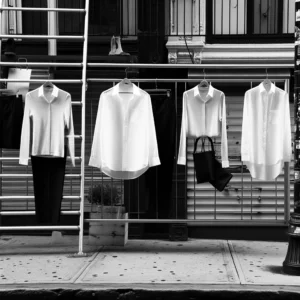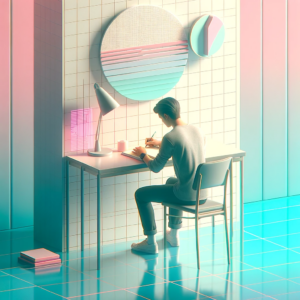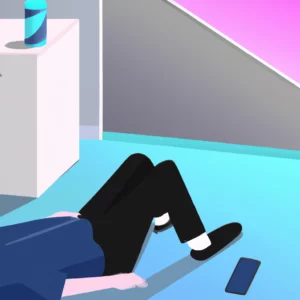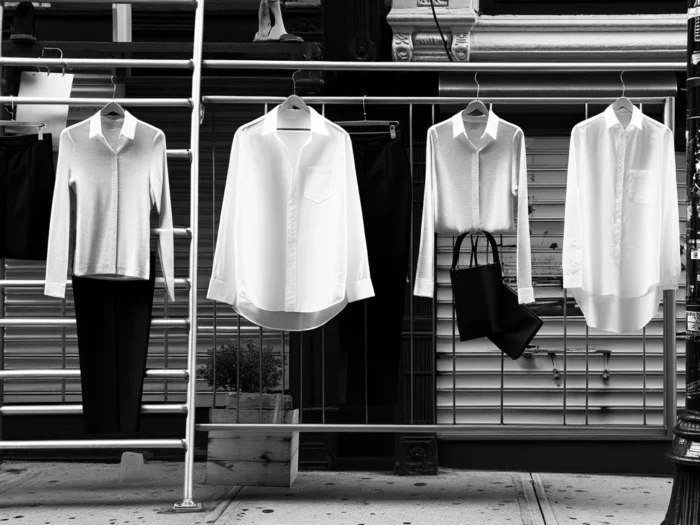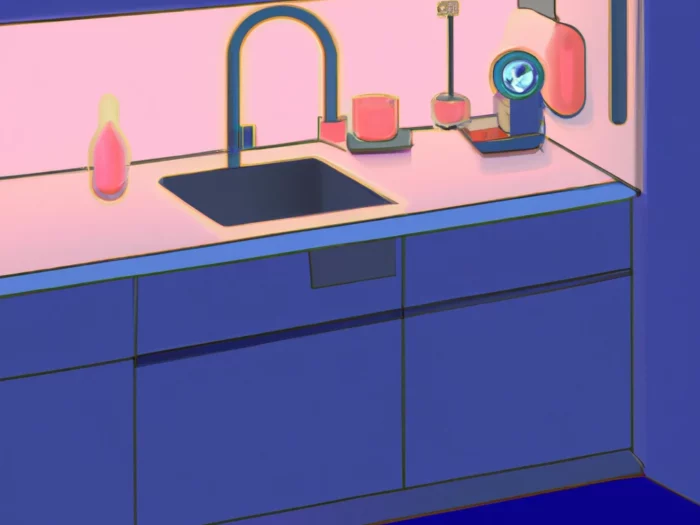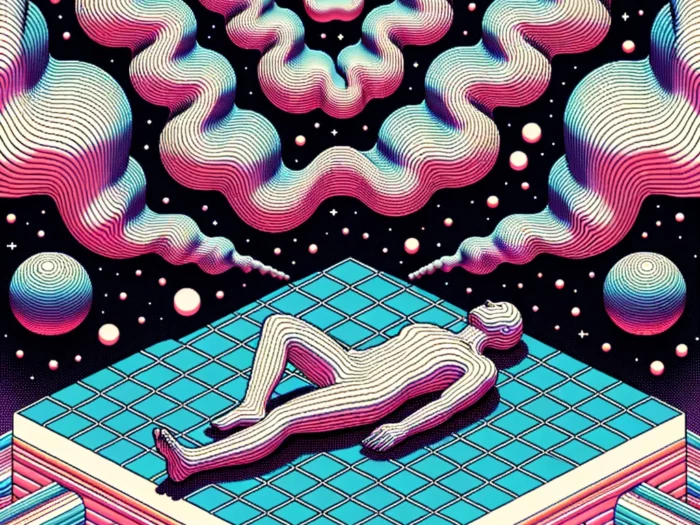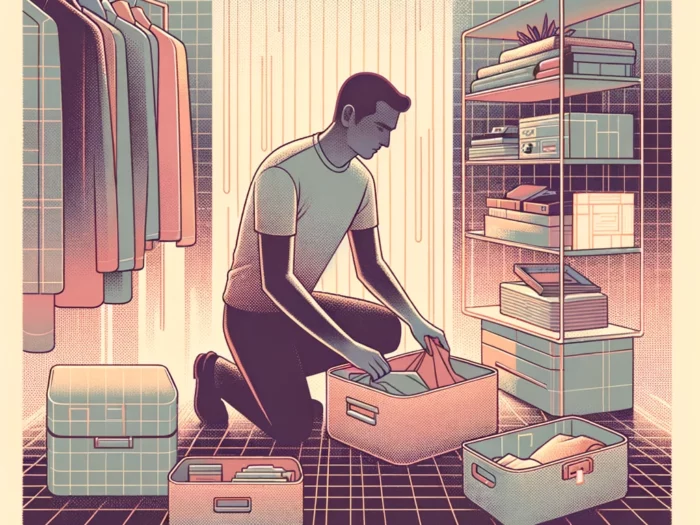
Today’s post is a guest post by Karen Trefzger.
Asking “Does it spark joy?” may not help you with your clutter problem. Joshua Becker, who blogs at becomingminimalist has described how he became a minimalist about ten years ago.
While wasting a beautiful Saturday morning cleaning out his garage, a neighbor, seeing his frustration, casually said, “Maybe you don’t need to own all that stuff.” Beyond the heap of dusty things piled up in his driveway, Joshua noticed his young son playing alone on the swing set in the backyard. He had a life-changing realization:
Excess possessions do not increase happiness . . .
they distract us from the things that do!
So how do we reduce those excess possessions?
Marie Kondo has become famous for telling us that we can rid our lives of unwanted clutter by asking of each of our possessions, “Does it spark joy?” Her book, The Life Changing Magic of Tidying Up, has even spawned a new verb, to Kondo, or kondo-ing. But when we ask this question…
We Ignore These Three Problems
1. We’re continuing to define our happiness in terms of possessions: Is it really the stuff we own that brings us joy? We’d probably all agree that money can’t buy happiness. Sure, it can provide a certain level of security, but once our basic needs are met, more money can be a mixed blessing. The same is true of stuff. A certain level of possessions allows for a comfortable life, but more possessions can lead to clutter, stress, and dissatisfaction.
2. We’re continuing to focus on consumerism: I can stand in the middle of a store and pick up plenty of items that might “spark joy.” (I’m thinking of one, Pier One!) I’ll bet you can too. Looking for joy in our belongings does little to help us question our role as consumers. As Dan Erickson has written on this blog, being a consumer is a curse.
You keep buying more. You keep consuming. You always need the thrill of something new. Contentment is short-lived, because the next acquisition beckons. Then you need more space to store stuff, more time to take care of stuff, and more stuff to keep you interested once you’ve tired of the “old stuff.”
3. We don’t get to the root of the problem: When we only ask, “Does it spark joy?” we fail to ask a few other important questions:
- What caused this clutter in the first place?
- Why do I keep buying shoes, or furniture, or sports equipment, or cloth for my fabric stash when I haven’t finished a quilt in three years?
- How can I keep this clutter cycle from repeating itself?
Ask Different Questions, Get A Different Answer
Are we stuck on the treadmill of consumerism? Never fear, there are a couple of better questions to ask as we begin the decluttering journey:
- Does this item qualify as a basic necessity for living a good life?
- Do I fully appreciate this item?
The discontent that creates consumerism, and that results from it, can destroy our happiness, but appreciation can help create it.
If we pay enough attention to notice, “Hey, this is just what I wanted,” whether it’s a delicious latte, a comfortable chair, the right pair of jeans, or a sunny morning, then we are happy. Attention is the key. It’s what allows us to see all of the great things that are already part of our lives.
Here’s What Happens When We Pay Attention
1. We’re noticing the details: Instead of just seeing a windy day, we notice how quickly and beautifully the clouds are moving, with occasional gleams of sunlight piercing through. We hear the delightful sound of rustling leaves. We feel the freshness of the wind on our faces and savor the scent of approaching rain. Attention engages all of our physical senses.
2. We’re consciously trying to tap into our creativity: When we pay attention, maybe we notice that we actually like our living room furniture (and don’t need to buy all that’s being advertised), but that some of it could be rearranged for better conversation and TV viewing. If the clutter were cleared from the coffee table, it would be usable for a mug, book, or board game. And the throw pillows on the couch could be swapped with the ones from the bed, injecting new color into both rooms. A tiny bit of out-of-the-box thinking keeps us from falling back into consumerism.
3. We’re remembering all that is good in our lives: We’re less likely to grumble about work and errands when we recollect a recent enjoyable afternoon at the beach. We might not complain about having nothing to wear if we recall all the complements we’ve received for outfits already hanging in our closets.
Attention Leads To Appreciation And Increased Value
When I practice paying attention, I’m less anxious and more inspired. I can realistically assess what I need to live a good life, fully appreciate the items that enable that, and find more value in owning them.
For example, I have a mug that I use all the time. It’s the perfect size and shape for my tea; it feels good in my hands; it’s a favorite color that looks pretty on my shelf; my daughter gave it to me. It has more value to me than a dozen mugs I’ve bought at various times that I wasn’t crazy about. I don’t need to own a dozen mugs to feel the satisfaction I get from this particular one.
Joy doesn’t come from things. Joy comes from the people we love, the experiences we’ve relished, the exercise of our talents and creativity, and all the many details that are worth our attention. I’m thinking of my grandson’s giggle, a play my husband and I attended, my favorite music, emerging fall colors on the trees in my neighborhood. What comes to your mind?
Today’s post by: Karen Trefzger.
Karen Trefzger wanted to be a singer when she was 4. She studied piano and violin, and later began singing in church, at school, and in competitions. After college she became a choral director, and performed with several northern California orchestras and opera companies, where her flexible voice allowed her to sing both soprano and mezzo soprano roles.
Along the way Karen also discovered a love of reading and writing, and an interest in early childhood education. Her original intention to home school her children through first grade became an 18-year odyssey that ended with her youngest child going to college in 2007.
Karen’s journey as a minimalist began as a way to help her family thrive on her husband’s salary while she remained a stay-at-home mom. Over the last 20+ years she’s been inspired and instructed by writers and bloggers such as Elaine St. James, Vicki Robin, Leo Babauta, Joshua Becker, Courtney Carver, and Dan Erickson.





